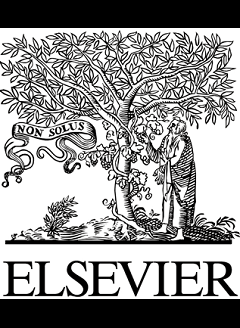دانلود رایگان مقاله تست خستگی رزونانس روی بتن خود متراکم با مقاومت بالا – سال 2021


مشخصات مقاله:
عنوان فارسی مقاله:
تست خستگی رزونانس روی بتن خود متراکم با مقاومت بالا
عنوان انگلیسی مقاله:
Resonance fatigue testing on high-strength self-compacting concrete
سال انتشار مقاله:
2021
کلمات کلیدی مقاله:
خستگی؛ بتن با مقاومت بالا بتن خالص؛ وهلر فرکانس؛ طنین خستگی، حد ، زندگی خستگی.
مناسب برای رشته های دانشگاهی زیر:
مهندسی عمران
مناسب برای گرایش های دانشگاهی زیر:
مدیریت ساخت و سازه
وضعیت مقاله انگلیسی و ترجمه:
مقاله انگلیسی را میتوانید به صورت رایگان با فرمت PDF با کلیک بر روی دکمه آبی، دانلود نمایید. برای ثبت سفارش ترجمه نیز روی دکلمه قرمز رنگ کلیک نمایید. سفارش ترجمه نیازمند زمان بوده و ترجمه این مقاله آماده نمیباشد و پس از اتمام ترجمه، فایل ورد تایپ شده قابل دانلود خواهد بود.
فهرست مطالب:
Abstract
Introduction
Figures
Section snippets
References
Recommended articles
قسمتی از مقاله انگلیسی:
1. Introduction
Building structures, bridges and railway sleepers are components subjected to cyclic loading that can cause the loss of mechanical properties or even structural collapse under fatigue loading [1– 6]. Historically, several researchers have studied the empirical fatigue behaviour of concrete. In 1852, A. Wöhler started analysing the phenomenon of fatigue in railway systems. Subsequently, H. Gerber and Goodman developed methodologies for calculating fatigue life according to the applied stress level. In 1886, J. Bauschinger confirmed the results obtained by Wöhler and defined the elastic limit of the materials. In 1903, J. A. Erwing observed the appearance of microcracks on the surfaces of the specimens tested under fatigue that would cause the subsequent appearance of cracks due to the load cycles leading to the failure. In 1910, O.H. Basquin proposed empirical laws that characterize the fatigue limit of materials. In 1924, A. Palmgren developed fatigue damage accumulation models, which served as the basis for the models that Miner subsequently developed in 1945.




